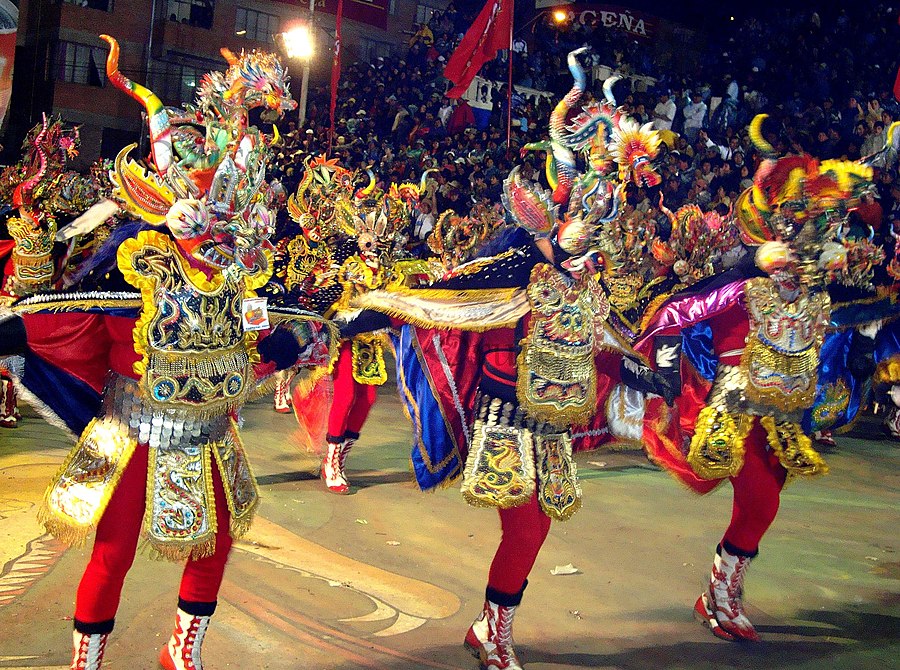Facts About Carnaval de Oruro
The Carnival of Oruro is a vibrant religious and cultural festival held in Oruro, Bolivia, with origins dating back to the 18th century. Initially an indigenous celebration, it later incorporated Christian elements centered around the Virgin of Candelaria. Recognized as one of UNESCO's Masterpieces of the Oral and Intangible Heritage of Humanity, the carnival features over 48 groups of folk dancers performing 18 unique dances, with the Diablada standing out as a signature traditional dance.
The festival's history is intriguing. It evolved from native Itu ceremonies that were proscribed by the Spanish in the 17th century, resulting in a fusion of indigenous beliefs and Catholicism. According to legend, the carnival is linked to the miraculous appearance of a mural of the Virgin Mary in a mineshaft in 1756. This event established the festival's association with the Virgen de la Candelaria, also known as the Virgen del Socavón. Today, the carnival showcases a blend of pagan and Catholic practices, beginning with a ceremony in honor of the Virgen del Socavón and culminating in a grand parade and theatrical performances.
In 2001, UNESCO recognized the Carnival of Oruro as a Masterpiece of the Oral and Intangible Heritage of Humanity, underscoring its cultural significance. The festival features a variety of dance styles that reflect Bolivia's rich multiculturalism, with participants from different regions showcasing indigenous dance forms accompanied by lively musical bands. Notable dance styles include the Diablada, Morenada, Antawara, Awatiri, and Suri Sikuri, all of which originate from Oruro and its surrounding areas.

 Peru
Peru